|
In the era of COVID-19, art is omnipresent, providing ample opportunity to expand your digital palette. This can be done by using apps interchangeably. By using multiple apps, you can heighten your creativity by producing a variety of original and sometimes unexpected results. In this example, I chose to begin with a digital version of El Greco's painting of St. Peter in the National Museum in Oslo. To initiate the creative process, I imported the image into Inkwork by Code Organa. Inkwork enables you to choose from a variety of styles in black and white that resemble ink drawings and linocuts. Through the use of an app, I initiated the creative process by changing a painting to a graphic, print-like image. This may seem odd, but historically prints were often made of paintings to widen their distribution, so others could appreciate them. Next, I imported the work I created with Inkwork to Pixelmator by the Pixelmator Team. Pixelmator has a quick selection tool that lets you select specific areas in a way that is more intuitive than your typical wand tool. Gradually, I removed the white areas and replaced them with colors in the original painting. The result is an image that looks like a linocut with multiple layers of color. I could have stopped there, but I continued by adding the original painting as a layer and using blend modes to synthesize the two images.
Of course, you can continue this process forever. The creative process leads you to explore endless variations by either using other apps or changing your image manually with your finger or stylus. Either way, art serves as the inspiration and catalyst for heightening your creativity to greatly expand your digital palette.
0 Comments
by Timothy Brown [Transcription] Hi Everyone: Welcome back to Tim Bs Tech Talk. Today, I want to talk about Flipboard. Flipboard is arguably the most popular newsreader available today. Originally released in July 2010 for the iPad, Flipboard was eventually made available for the iPhone, other mobile platforms, and desktop computers. Flipboard essentially aggregates news from a variety of sources and invites users to become active contributors. News readers are ubiquitous, but somehow Flipboard managed to make them social. Before I explore this aspect in more detail, let’s first take a brief look at news readers. News readers enable you to access news feeds by choosing from a range of pre-selected topics or by using a built-in search function to find specific areas of interest. In many ways, mews t eaders supersede "save-it-for-later" apps like Instapaper and Pocket because they serve both as a vehicle for finding news as well as a place for storing articles away. Flipboard represents the best of this genre, but other apps have been important contributors. USA Today and NPR were some of the first established news sources to enter the market, yet other apps like Flud, Pulse (eventually Linkedin Pulse), SkyGrid, Zite, News360, Feedly, Early Edition 2, Paper by Facebook, Pulp, and Google+ were key to making news readers a success. Most notably, Early Edition offered the best example of skeuomorphic design, a digital replication of a traditional newspaper (that is, before Apple flattened everything out), Zite enhanced personalization, Feedly offered greater speed and fluidity (and options for Google customers to migrate their feeds after the app went defunct), and Paper by Facebook superbly integrated Facebook feeds into a news reader format. Pulse, however, was the first app to make the news reader experience accessible through a browser, encouraging Flipboard to elevate its game. Apple News entered the market much later, buildi ng on the success of these earlier news readers, but taking a more top-down approach by introducing curation and subscriptions to increase revenue streams. News reader apps have greatly transformed how we access news today , but Flipboard figured out a way to make them social. Flipboard has been known for its tile-flipping interface, but the most significant development came when the company introduced 'My Magazines." While "Smart Magazines" provide top-down curation (articles generated for you by topic), My Magazines consist of stories YOU collect and assemble in accordance with the theme or topic YOU choose. Essentially, you curate your own collection of articles and assemble them into your own magazines. There are no other news readers that provide that level of user-generated curation. What Makes Flipboard Magazines Social?My Magazines are inherently social because they can easily be viewed by other Flipboard users. The process is simple: 1. Start a new magazine. 2. Give it a title and a description (optional). 3. Check the option to make it public (so everyone can see it). Once your magazines are made public, people can subscribe to them, flip articles into their own magazines, or share them online. On a more intimate scale, magazine owners can invite others to contribute articles to a magazine. Who Can Benefit from Flipboard?Businesses, single professionals, or bloggers can benefit from Flipboard Magazines because articles posted on proprietary sites via Wordpress, etc. can be flipped into a Flipboard Magazine, inviting the world-wide web to have access to their content. Why should anyone limit themsleves by posting articles on a dedicated site that only a handful of people will read? By setting up a Flipboard magazine to correspond with your blog posts online, you can greatly increase your online presence. Furthermore, you invite people to actively collect and share your articles in ways you could never do internally through paid memberships and exclusive followers.
Top down models are useful when the intent is to make your context exclusive. On the other hand, if your goal is to reach broader audiences, Flipboard provides the perfect vehicle for doing so. Timothy Brown, Host of My Apple Podcast In 2016 during the days leading up to WWDC, Phil Schiller, Vice President of World Wide Marketing at Apple, introduced a new subscription model for developers. Under the new plan, developers were to receive 70 percent of revenue and 30 percent went to Apple. If customers remained faithful subscribers for one year, the share of the revenue changed to 85 percent for developers and 15 percent for Apple. This model still exists, but with some updated guidelines for pricing and other regulatory measures. Apple has been quite successful in its pursuit of profits, announcing during their quarterly earnings report in July 2017 revenue of 42.4 billion “and earnings per diluted share of $1.42 in the year-ago quarter. International sales accounted for 61 percent of the quarter’s revenue.” This success is largely attributed to its four operating systems, iOS, macOS, watchOS, and tvOS, and the services that undergird their success, namely, the App Store, Apple Music, Apple Pay, and iCloud Drive. The services provided by Apple are key to its business model because it ensures longevity in terms of maintaining consumer allegiance, while seeking new revenue streams. Paying for services rather than products has become a standard model in terms of how we consume media, paying for music streaming rather buying CDs or renting movies rather than buying DVDs. The services model which ensures a long term commitment from consumers, supported by automatic renewals, is now operating in full force with Apple’s aggressive push to promote the App Subscription model. With app subscriptions, developers can offer a wider menu of options, in which apps are used, not as products that consumers own, but as services they rent for a specific periods of time (e.g. weekly, monthly, or yearly). The zealous push to promote the subscription model has been viewed for some as an inevitable move by Apple. Writing for the Verge, Vlad Savov makes note of this emerging development: “Apple is one of those rare few companies that can take an ongoing evolution and focus and distill it into a revolutionary change. That’s the immodest thinking behind the company’s ambitious "Subscriptions 2.0" plan for the App Store, which aims to convert iOS users from one-off app purchasers into loyal subscribers. It’s nothing new in and of itself, but Apple’s wholehearted embrace validates and underlines it: subscriptions are going to play a huge role in the future of software.” The Subscription 2.0 model is described in more detail by Lauren Goode in her article titled App Store 2.0 which poses the question “Can Apple Do It Again?” In other words, can Apple build on the App Store’s success by introducing a new business model that will forever change how we consume apps? In the article, Goode quotes Phil Schiller whose enthusiasm for the subscription model is evident in his pronouncement to make it available to “all categories.” One glance at Apple’s newly designed App Store and you will most certainly notice an obvious change: App subscriptions have increased astronomically. Developers (and Apple) will definitely earn considerable profits from this new model but one question remains: Is this model good for consumers? After reviewing twenty of the “top paid” applications in the App Store (Sunday, October 15, 2017), I discovered that none of them required subscriptions. Out of that group, fifteen of them fell under the category “Education,” two under ‘Productivity,” two under “Entertainment,” and one in the Photo/Video” category. The prices varied, but they consistently avoided in-app purchases (with the exception of one). The apps listed included the following:
Based on this initial review, consumers appear to prefer “Education” apps that do not include subscription fees or in-app purchases. This one example is largely attributed to the success of Toca Boca, a developer who believes in creating apps for education that embody “the spirit of play,” placing greater emphasis on the non-market value of their apps. The other most notable aspect of these apps is that most of them target children. It seems highly unlikely that parents would prefer paying subscriptions to enhance their child’s educational development. There may even be something ethically wrong with such a model, if subscriptions were forced on consumers for the sake of earning higher profits. Even Apple appears to support this view of education, especially in regards to the free training sessions hosted at Apple Stores throughout the country, and also podcasts, which have remained free to the public since their inception. Apps that appear in the other categories, notably, Pixelmator and Procreate, are not all that different from the education apps; they both offer advanced features that provide great value to the consumer and they don’t come with subscription fees or in-app purchases. Since these top paid apps are successful, monetarily, what is the motivation for offering subscription fees? One can argue that the motivation is greed or it may be the stage of development that developers arrive at when striving for innovation. Lightricks Ltd, for example, are developers who have designed top selling applications like “Facetune,” “Enlight,” and most recently “Enlight Videoleap.” Their first apps, Facetune and Enlight enjoyed tremendous success, resulting in huge profits, but who decided that this is not enough. As co-founder, Itai Tsiddon, told Recode, “There is only so much innovation you can cram inside a one-time purchase… In order to create serious software companies on mobile, recurrent monetization is really a must.” Yet, Lightricks indicated that its revenue for Facetune and Enlight reached 10 million per year, not including Apple’s percentage. Lightricks argues that subscription fees will more than warrant what users get in return. In March 2013, Facetune was available in the App Store for $1.99 for the iPhone and $3.99 for the iPad version. Today, Facetune 2 is offered at the subscription rate of $4.99 for one month, $14.99 for twelve months and for the one-time purchase of $39.99. Comparatively, Enlight, a photo editor, debuted in 2015 at $3.99 and the most recent video editing app, VideoLeap, is offered at the subscription rate of $3.99 for one month, $1.67 for twelve months, and $39.99 for a one-time purchase. Essentially, consumers are paying 10 times the amount to own Facetune 2 and VideoLeap when compared to the one-time price of its previous models or 4 times the amount to lease them monthly. With Videoleap, the incentive to purchase the cheaper yearly subscription is designed to cultivate a longer term relationship, ultimately netting a higher percentage (85/15 split after one year). If Lightricks made 10 million before the subscription model, they can potentially earn 100 million or tens times the profit. I don’t think that anyone can argue that Lightricks produces applications of the highest quality. However, is the consumer really paying for innovation or higher profits for developers (and Apple)? Applications that fall in the category of Photo/Video offer competitive prices, so consumers will be able to decide what apps (or services) work best for them. For example, Lightricks Videoleap app comes with a beautiful user interface with great features that are ideally suited for a mobile platform. There may very well be an argument to support the innovation that they bring to the mobile platform. However, Lumafusion by Lumatouch offers features that are arguably just as advanced, if not more so, and offered at the market rate of $19.99 to purchase the app outright, without subscription fees and in-app purchases. Also, Videoshop is another advanced video editor which has been at the top of the ratings for the past several years (currently rated among the top forty paid apps) and is currently available for $1.99 and comes with a plethora of features, with minor in-app purchases and no subscriptions. Ultimately, consumers will have to decide if they are ready financially to plunge into the subscription universe. They may need to decide very soon because this model has begun to make great headway in the App Store, specifically in markets that target adult audiences. The most pervasive evidence of apps offering subscription models are adult coloring books and health apps ranging from exercise to meditation. Below are examples of some apps that fall into those categories, although I’ve identified at minimum fifty apps in each category that offer similar subscription models. The subscription model may very well be the wave of the future and Apple has proven to be an effective force in shaping consumer expectations. However, if the top paid apps offer any insight, consumers may ultimately determine what works best.
Every year Apple organizes WWDC, its annual conference for developers. The event serves two main purposes: 1)Apple introduces developers to all the new features associated with the latest operating systems and 2) Developers discover new ways to use those systems to promote the Apple brand and establish new business opportunities. Combined, their efforts help to enhance the consumer experience. iOS 11 and the New App Store This year during WWDC 2017, Apple introduced iOS 11, including a brand new redesign of the App Store. After reviewing the beta version, I was impressed by the way Apple chose to promote featured apps, while improving navigation (Games are now a main menu tab along the bottom). It’s nice to see Apple put forth a concerted effort to promote developers, but there is a rising development that warrants some concerns for consumers: Subscriptions. APP DECEPTIONS As a long time consumer of the App Store and someone who has spent the last eight years reviewing apps for iOS and the Mac, I have become quite familiar with the range of prices that are available for apps and how divergent they can be relative to the services they provide. For example, one developer may sell a photo editor that highlights one feature (e.g. erasing backgrounds) while another developer will offer the same feature, plus 20 additional features at the same price. In other instances, developers will offer their apps for free (as a test run) but as soon as you access a feature (apply a filter to a photo), you are prompted to make in-app purchases for $1.99 per feature (sometimes more). This process may continue ad nauseam. Deceptive in-App purchases are defined by Apple as “consumable” purchases or one-time purchases. These types of purchases are introduced as IAPs that require you to reach higher levels of achievement and satisfaction (an addiction model that is popular in games). Non-consumable in-App purchases occur in the form of pro versions - upgrades to “pro” provide access to additional features, remove ads, etc. In the early history of the App Store, developers adopted a strategy to lower App prices in order to increase sales (what some have called “a race to the bottom”). Contrary to this approach, developers today are engaged in “a race to the top,” an approach more popularly known today as the “subscription model.” The Dangers of the Subscription Model The subscription model is less insidious than hidden in-App purchases, but nonetheless a burden to the consumer with exorbitant costs. Subscription models place an emphasis on “services” rather than “products.” Similar to Apple Music or iCloud Drive, subscriptions may be offered as weekly, monthly, or yearly subscriptions. Once the service ends, your experience ends as well. The services model is unavoidable in today’s tech economy, but once it becomes ubiquitous (as in the case of app purchases) the financial burden to the consumer becomes a dangerous proposition. The “race to the bottom” approach to enticing consumers was more balanced and acceptable because it gave developers wider exposure, while giving consumers more options. If consumers became unhappy or dissatisfied with an app, they could try another app without incurring much of a financial lost. The subscription model includes much higher costs (e.g. a consumer may pay $9.99 for a monthly subscription fee, compared to $3.99 to purchase a pro version of an app with all the features). The difference in price can be astronomical. The subscription model started out as an exception rather the rule, but recent trends suggest that this will become the norm. Up until this point, the exceptions have included high-end products by Adobe, Microsoft (and Apple) whose dependence on cloud-based services have become the premiere way to access applications, and hence the services they provide. Today, developers, large and small, prominent or obscure, are more apt to offer subscription models. There are many examples of this phenomena, including the rising popularity of adult coloring book apps. If you search Apple’s App Store, you will find between 50 and 75 apps devoted exclusively to digital coloring books (see my list below). What is most notable is that a large percentage of these apps require subscription fees. The fees range from $3.99 a week and $7.99 a month to $59.99 and $99.99 a year.
For example, Pigment by Pixite LLC offers a service charge of $7.99 a month or $39.99 a year and Recolor by Sumoing Ltd charges a service fee of $9.99 a month to $59.99 a year. Prior to the age of the subscription model, an app with the same features would cost the consumer $3.99 to $6.99 to own everything outright. This model was reasonable because of the abundance of apps available to the consumer. In contrast, the consumer pays the same amount every month, and the consumer is only able to “rent” the app for services rendered without ever “owning” the app. When seen in this light, the subscription model can be viewed as “obscene,” to say the least. Unfortunately for the consumer, the subscription model is becoming the "new normal." Recently, the developers who gave us the wonderful photo editor “Enlight,” which can be purchased for $3.99, introduced a new app called “Enlight Photofox.” Photofox offers two subscription models, $3.99 a month or $19.99 a year. These prices are cheaper than what the adult coloring books are charging, but it’s still 5 times or 12 times the amount paid to own the original Enlight app outright. Photofox, however, can be owned for the one-time price of $39.99, which is still a lot higher than $3.99. What Lies Ahead The Dangers of the Subscription Model raises several important questions. Is the subscription model sustainable in a market where there are so many apps to choose from? Will this model ultimately place a limit on what consumers can experience? Will this model unfairly impact the consumer’s wallet, especially in a world where the disparity of wealth increases by the year? Date: July 22, 2017 Author: Timothy Brown, Senior Editor, My Apple Podcast COLORING BOOK APPS FOR IOS
|
Timothy Brown
Host of My Apple Podcast. Categories
All
|



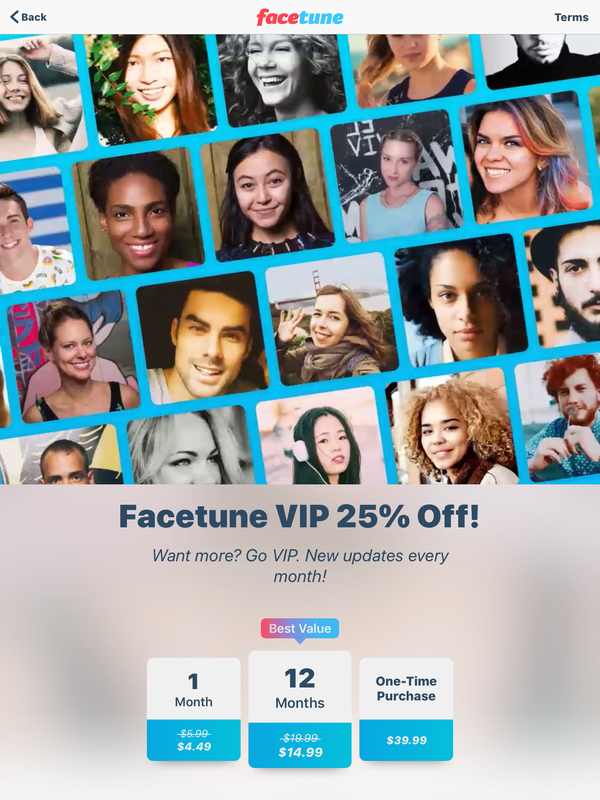

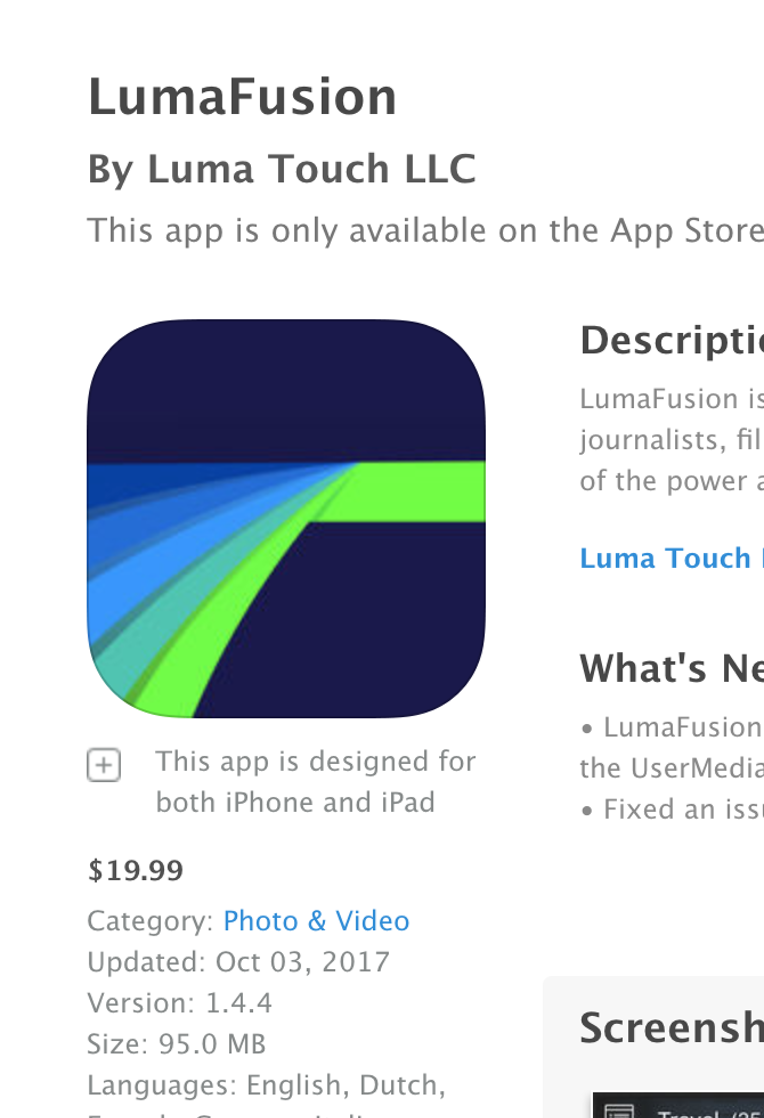
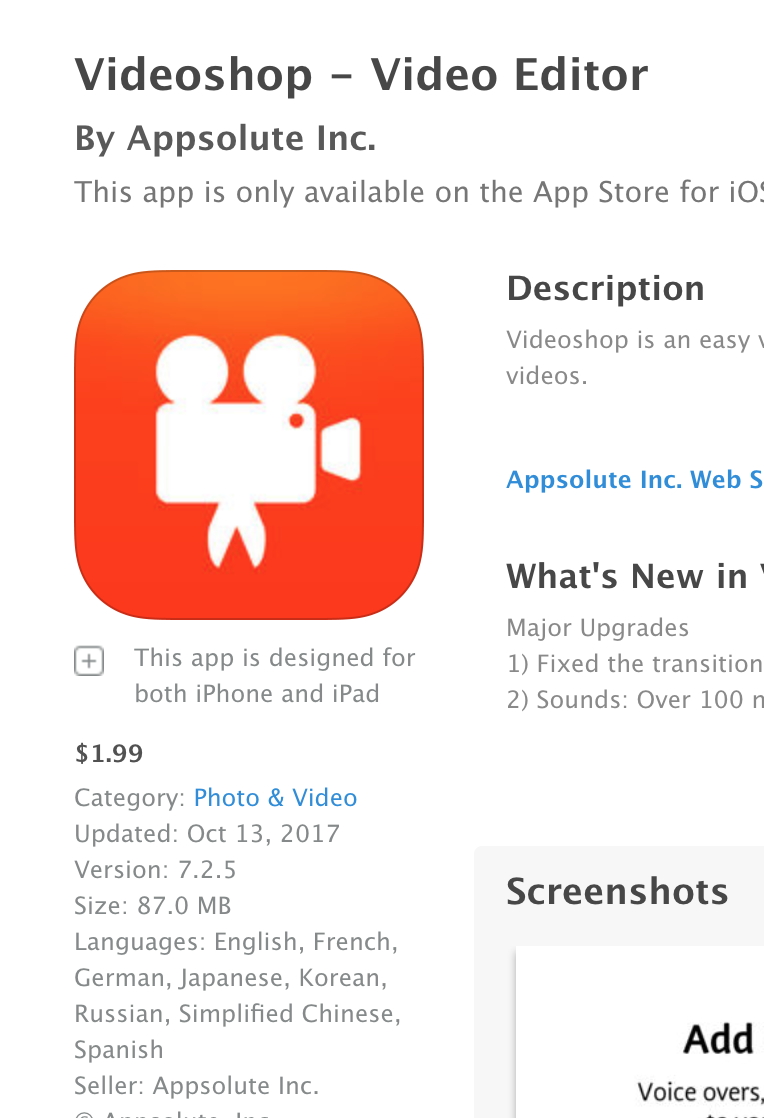
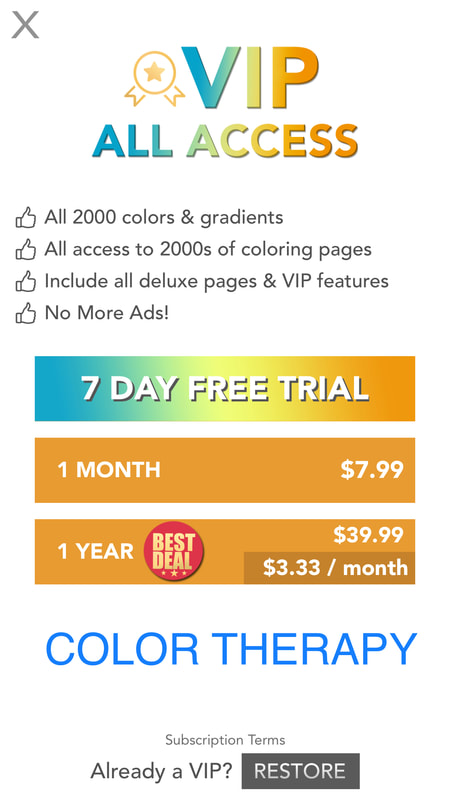
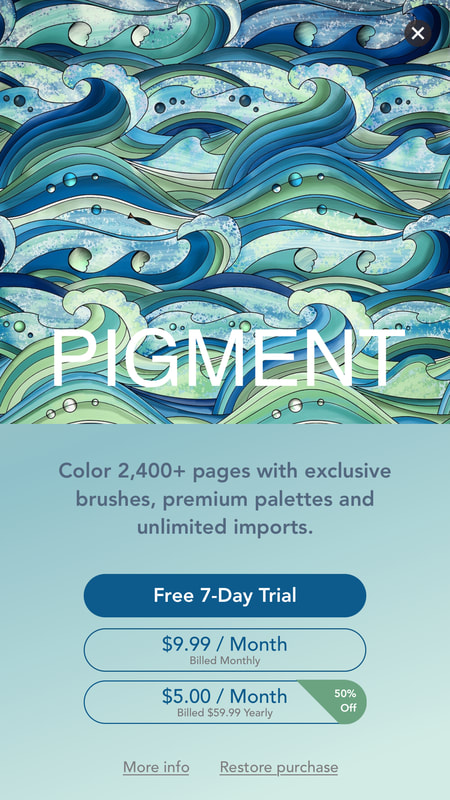
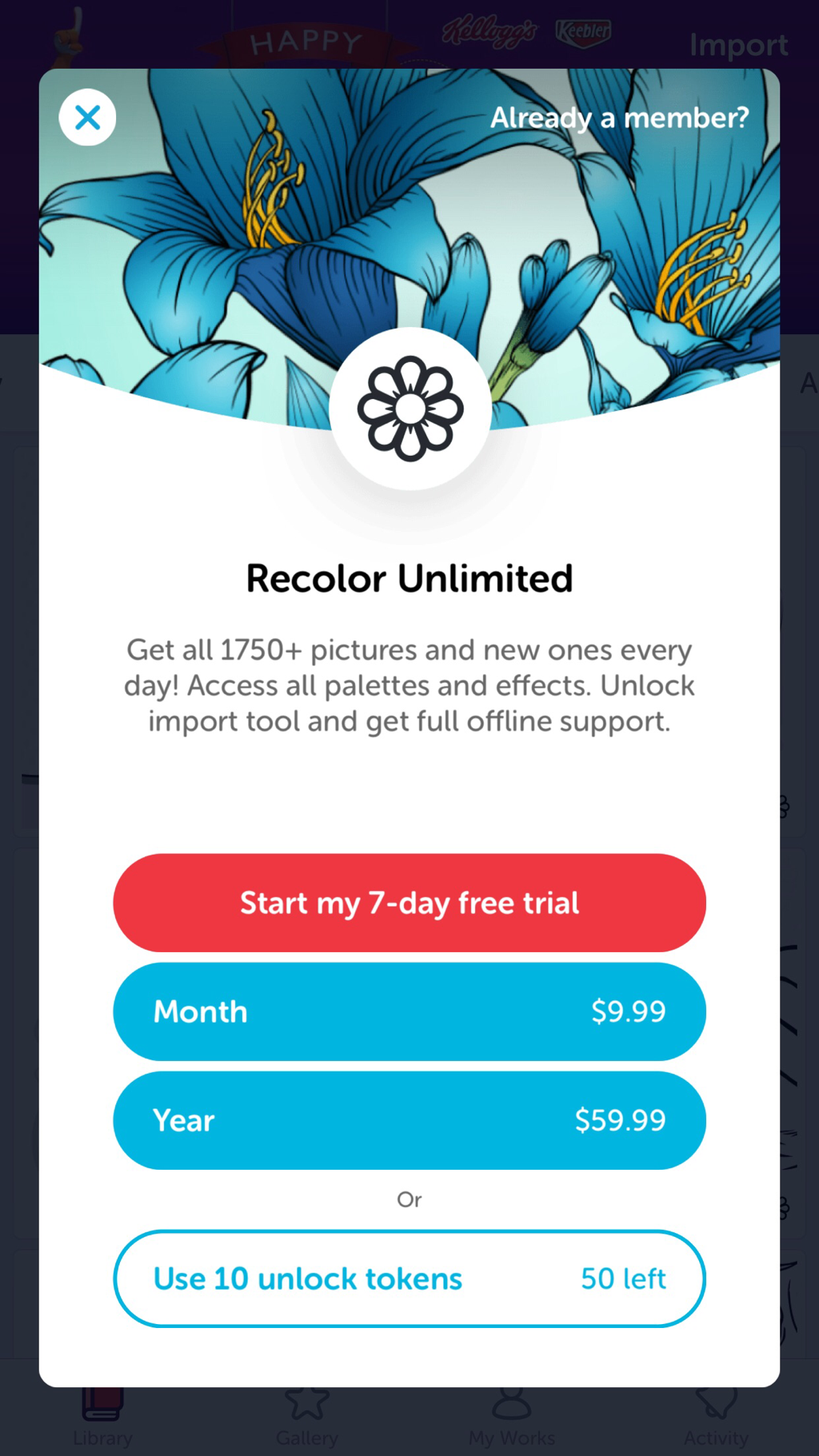
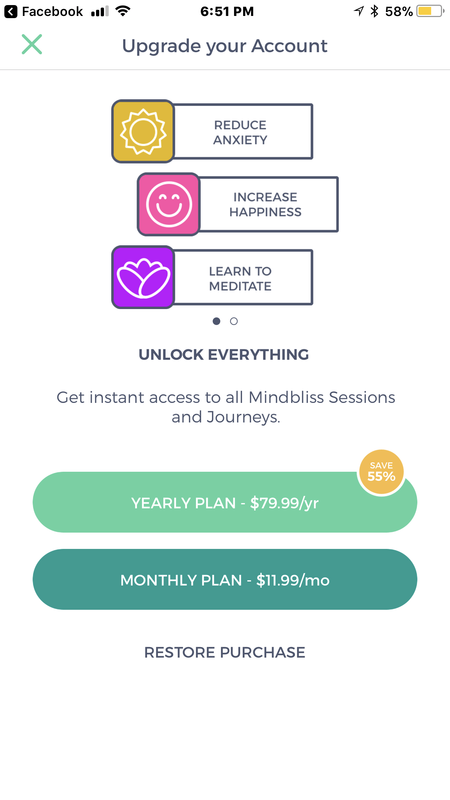
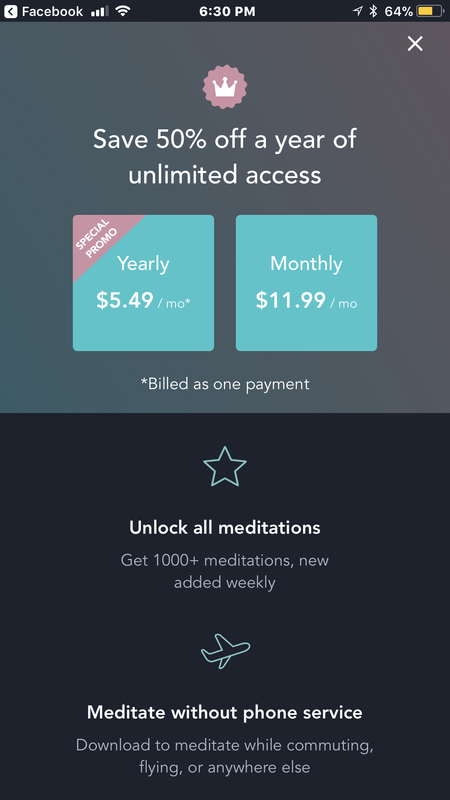
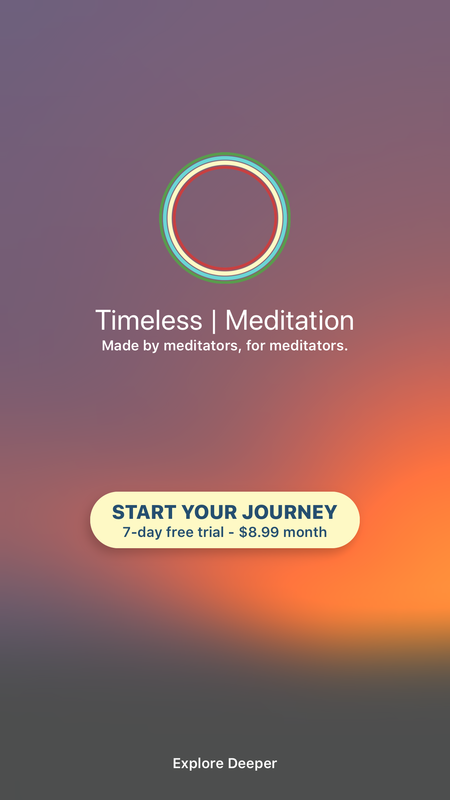


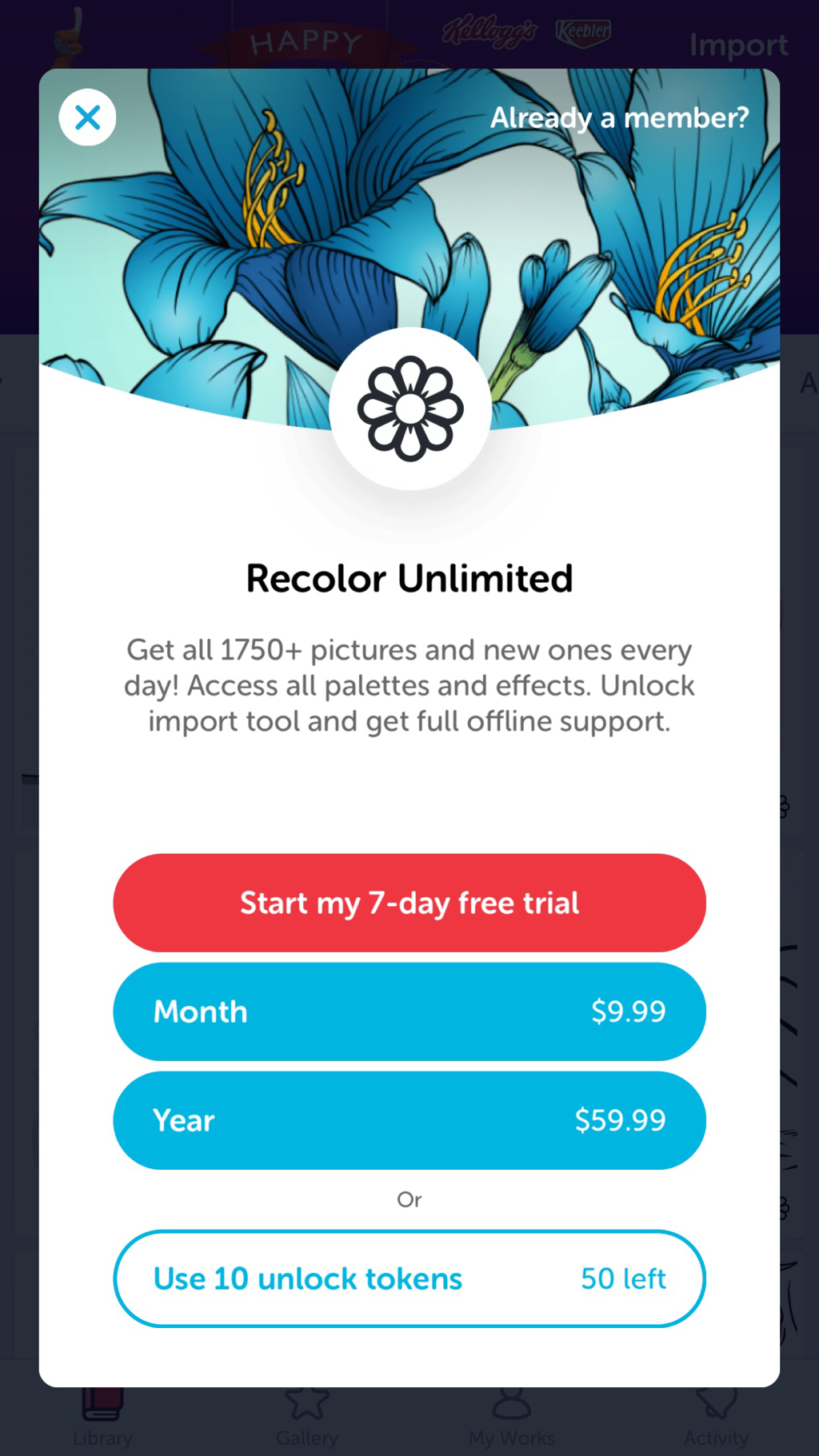
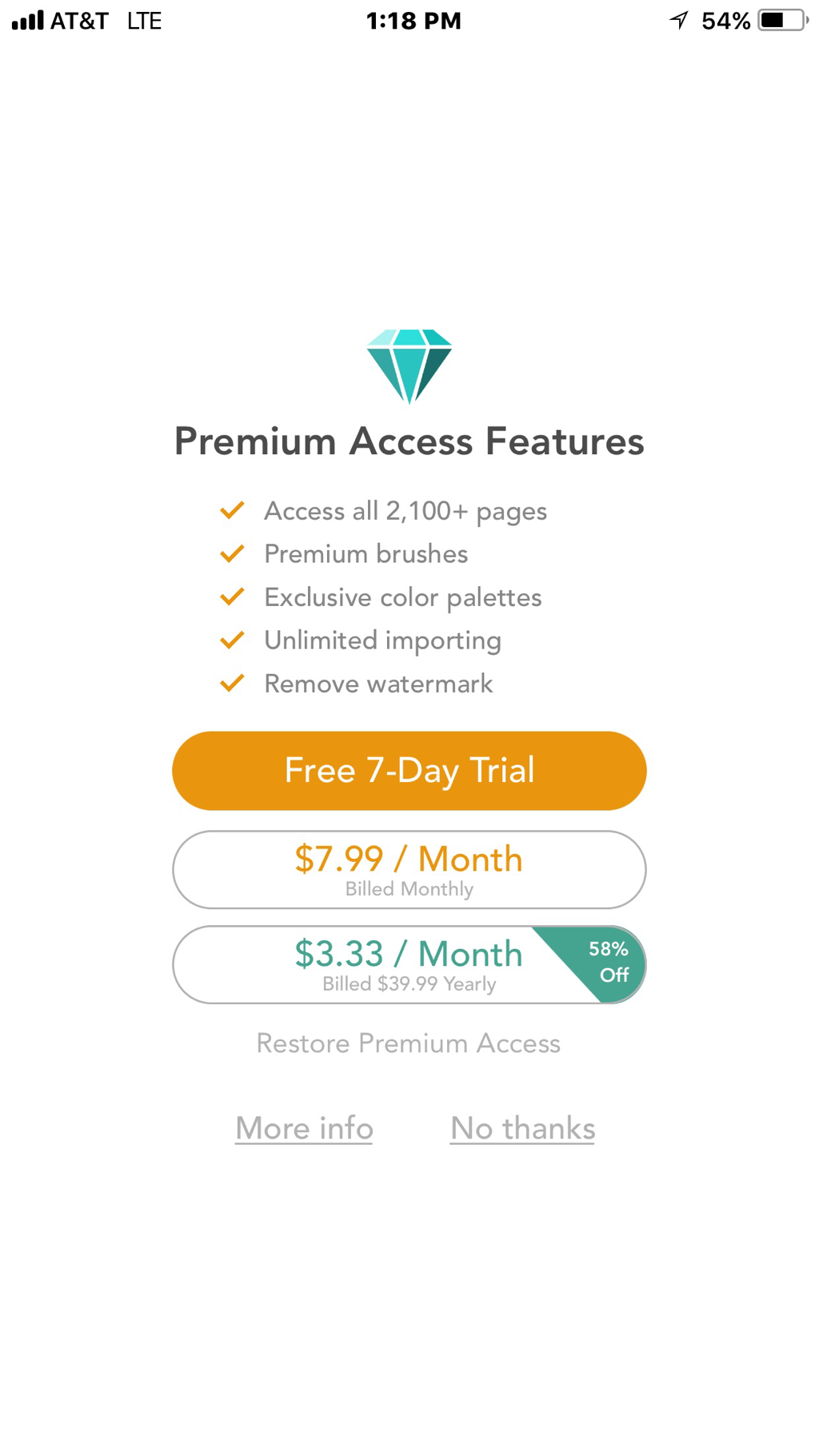
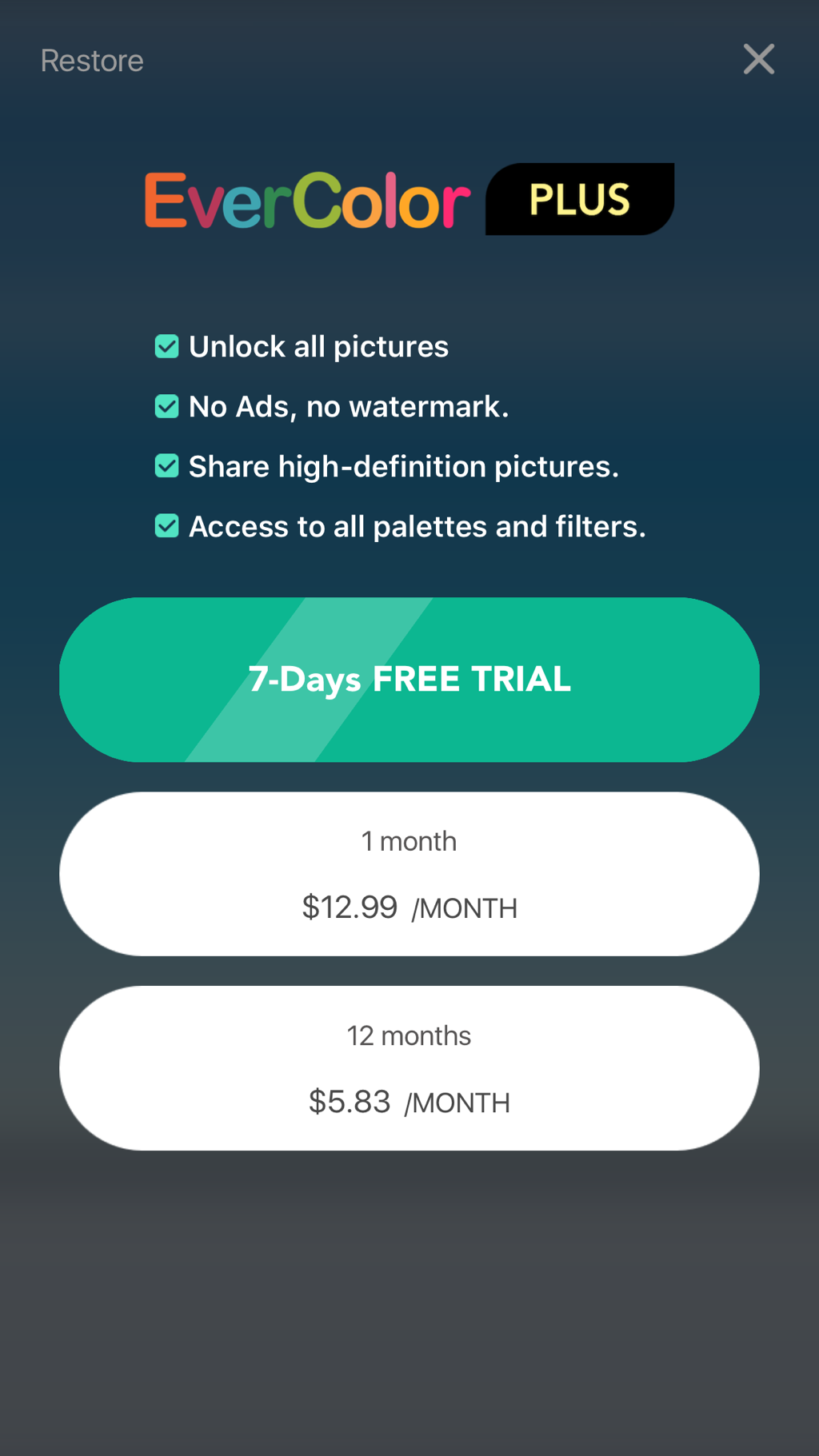
 RSS Feed
RSS Feed